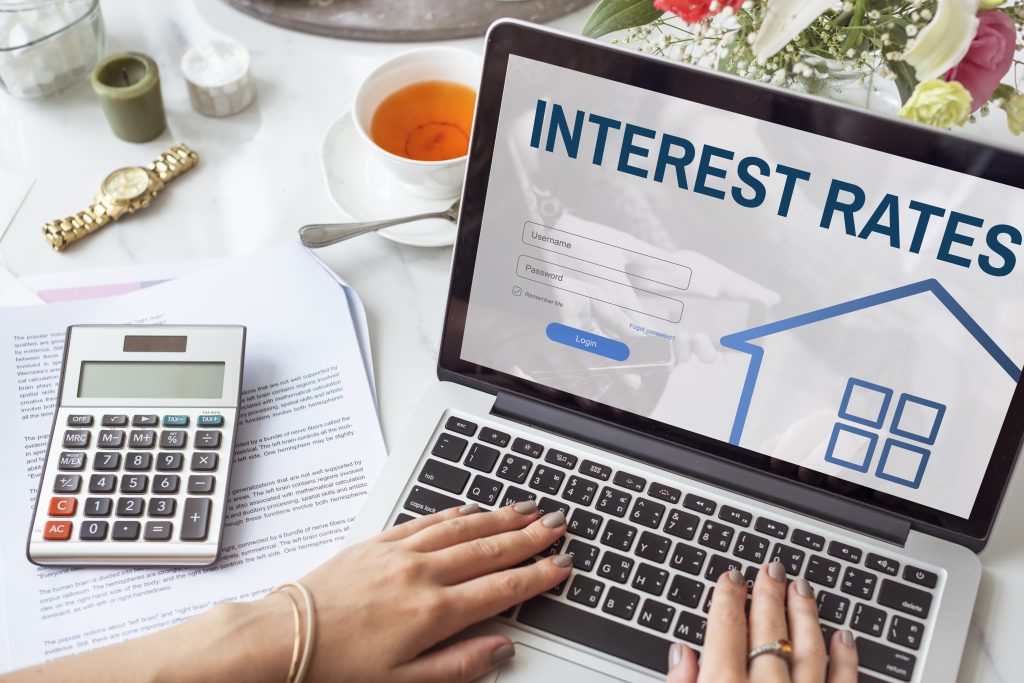If you’re exploring alternatives to traditional mortgages, owner financing (also known as seller financing) may have caught your eye. It offers flexibility and can speed up transactions. But a key component to understand is the interest rate on owner financing—it directly shapes the affordability and success of your deal. Here’s everything you need to know.
1. What Is Owner Financing?
Owner financing is a transaction where the seller acts as the lender. Instead of withdrawing from the bank, you make monthly payments directly to the seller until the negotiated purchase price is paid off. This method is commonly used in:
- Fixer-uppers or properties difficult to finance through traditional banks
- Savvy buyers with credit challenges
- Retiring sellers needing steady income from finance payments
Owner-financed deals can bypass bank approvals, close faster, and offer customizable payment structures.
2. How Interest Works in Owner Financing
Understanding interest setups is vital. Here are the main formats:
Fixed Interest Rate
- Remains the same throughout the loan
- Predictable payments make budgeting simpler
- Easier to compare with traditional mortgages
Variable Interest Rate
- Can adjust based on defined benchmarks (like the prime rate)
- Typically starts lower but may increase
- Requires trust between buyer and seller
Interest-Only Agreements
- You pay only interest for a set period, then pay the full principal
- Low initial payments but may spike later
- Often used to bridge financing until a refinance
Balloon Payment Options
- Low payments initially followed by a lump-sum payoff
- Can backfire if borrowers haven’t planned
3. Typical Interest Rates in 2025 Owner Financing Deals

Interest rates on owner-financed properties typically range from 6% to 10% today, influenced by:
- Current mortgage rates (Sellers may price slightly above to compensate for risk)
- Creditworthiness of the buyer
- Down payment size
- Property type and value
For instance:
- A 6% interest with a 20% down payment could closely match traditional loan offers.
- A high-risk buyer might face 8%–10%, still competitive compared to subprime bank loans.
Curious how interest rates affect real payments? Read our blog on the Commercial Property Mortgage Payment Calculator to explore detailed scenarios.
4. What Affects the Interest Rate
Here are top factors shaping the interest rate:
Credit Score & History
Better credit = lower risk = lower rate.
Down Payment Amount
Larger down payments reduce risk and can lower rates.
Property Type
Single-family homes usually secure better rates than commercial or fixer-upper properties.
Seller’s Finances & Timeline
A seller keen to close may offer favorable terms or lower rates.
Loan Length & Structure
Shorter terms or interest-only setups tend to have slightly higher rates.
5. Pros & Cons of Interest Rates in Owner Financing
Understanding this can help both buyers and sellers decide if owner financing is right for them.
For Buyers:
- Faster approval and flexible terms
- Lower closing costs, no bank fees
- Negotiable interest rates
For Buyers:
- Potentially higher rates than top-tier lenders
- Risk of balloon payments if not properly planned
- Less consumer protection than with regulated lenders
For Sellers:
- Steady passive income through interest receipts
- Asset retention until full payment is received
For Sellers:
- Risk of buyer default, requiring foreclosure
- Responsibility to manage loan payments and records
6. Tips to Negotiate a Fair Interest Rate
To get the best terms:
- Start with research – Know current mortgage rates and set your asking rate accordingly (usually ~1% above market).
- Offer a healthy down payment – More equity = more favorable rate.
- Request credit checks or proof of income – Shows buyer reliability.
- Agree on a clear schedule – Fixed rates are easiest for both parties.
- Define terms in writing – Include rate, term length, amortization schedule, late fees, and default procedures.
- Hire professionals – Real estate attorney or title company to ensure compliance and proper documentation.
7. Owner Financing vs Traditional Mortgage: Rate Comparison
| Feature | Owner Financing | Traditional Mortgage |
| Typical Interest Rate | 6%–10% (based on negotiation) | 5%–8% |
| Approval Speed | Fast—no traditional bank underwriting | Slower—requires credit check, appraisal |
| Flexibility | High—terms are negotiable | Limited by lender policies |
| Closing Costs | Lower—no bank fees or escrow costs | Higher—bank fees, insurance, title |
| Regulation Level | Lower—fewer consumer protections | Higher—TILA, RESPA, other laws |
8. Sample Owner Financing Scenario
Scenario:
- Purchase price: $300,000
- Down payment: 20% ($60,000)
- Amount financed: $240,000
- Interest rate: 7% fixed
- Term: 15 years
Monthly payment (approx):
Using a standard calculator:
P – 240,000; r – 7% annual; n – 180 months
→ $2,159/month
Total cost over term:
Interest ≈ $132,620
By comparison, a traditional 15-year mortgage at 5% may cost $1,897/month, so owner financing can be about 14% more costly—but offers greater flexibility and ease.
For help managing credit and financing, view our Budgeting & Saving Guide for 2025.
Final Thoughts
The interest rate on owner financing often lies between 6% and 10%, based on credit, property, and deal structure. While these rates can be higher than traditional mortgages, the speed, flexibility, and lower upfront costs often make it an appealing path—especially for buyers with credit challenges or properties that are hard to finance conventionally.
As a buyer, negotiate wisely, gather evidence to support your rate offer, and include strong legal documentation. As a seller, set terms conservatively and work with professionals to secure your investment.

